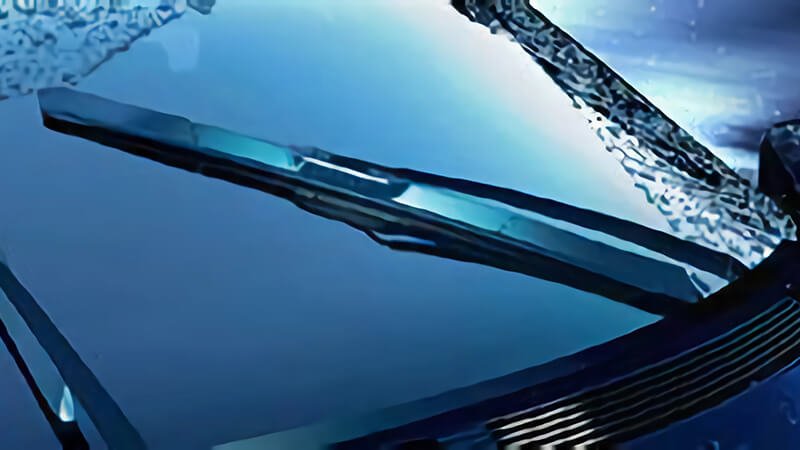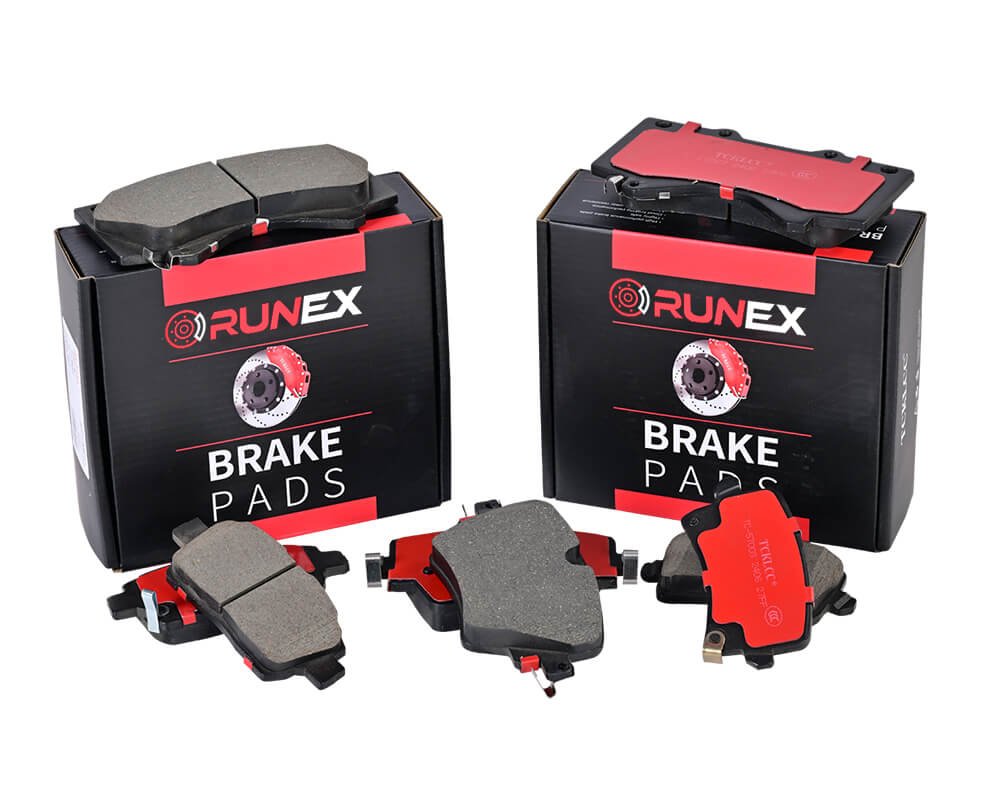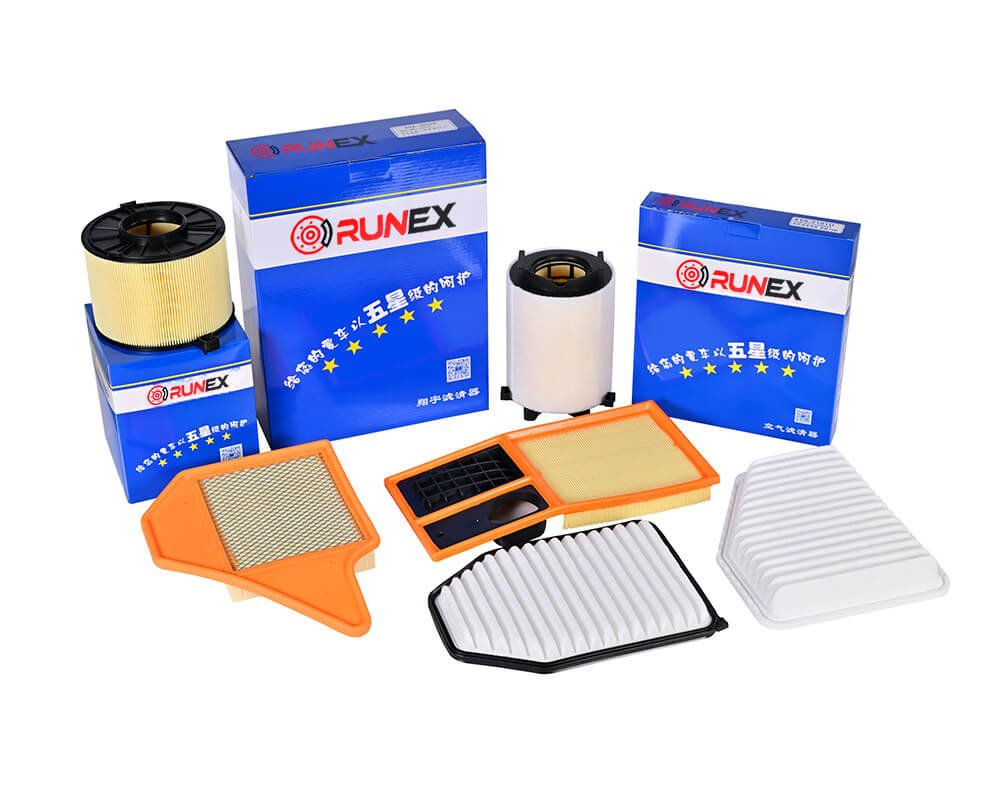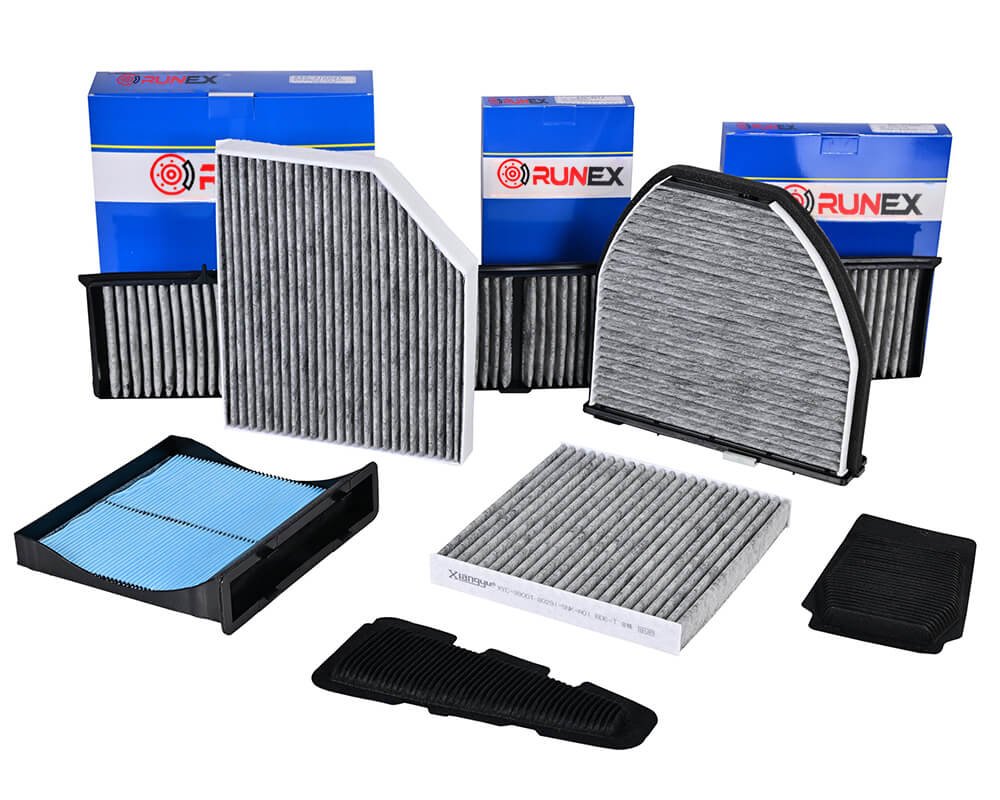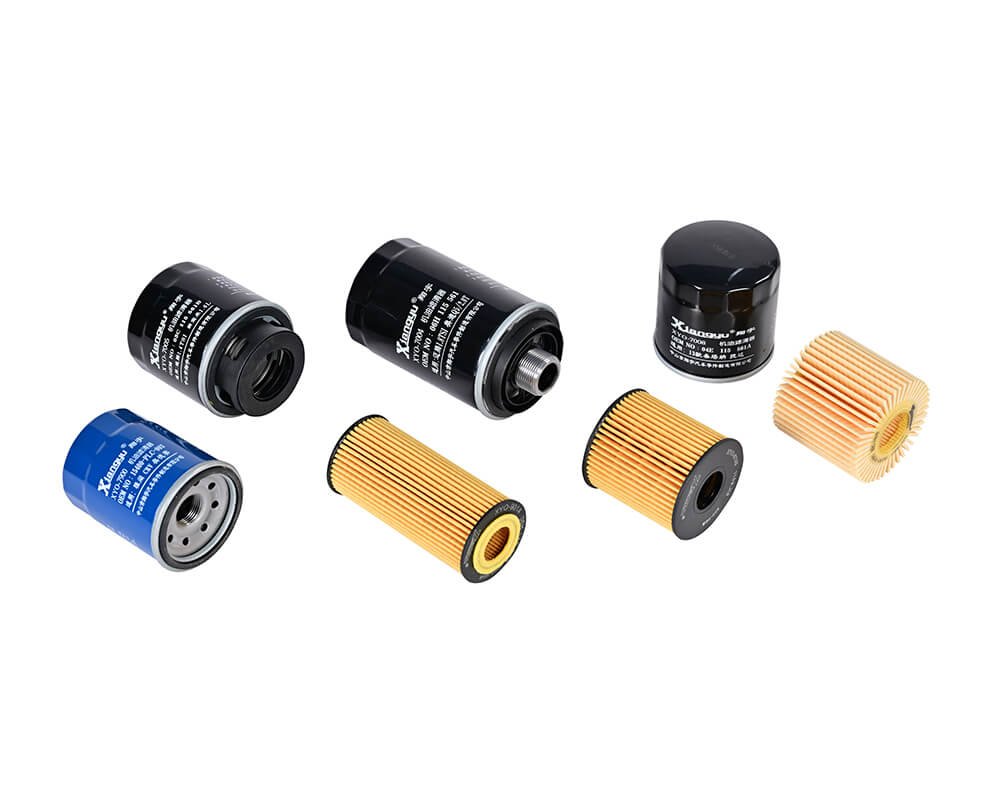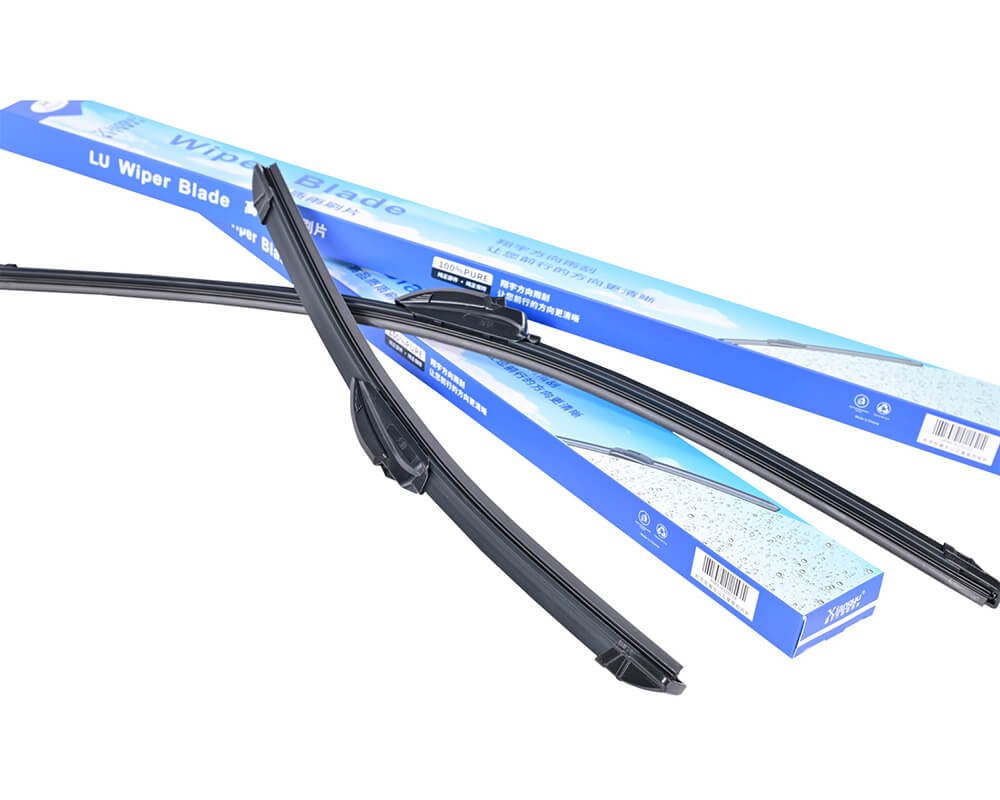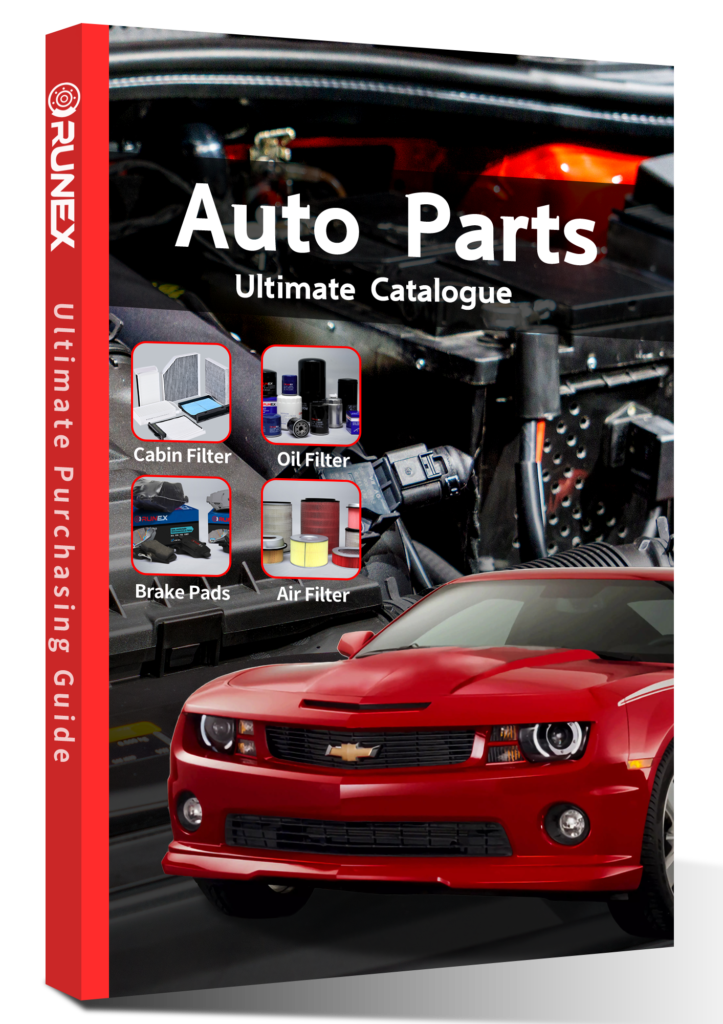Most people don't think much about wiper blades—until they stop working. For those of us in the auto parts business, especially in sourcing, the details matter. A wrong choice can mean poor performance, customer complaints, and extra costs. So, what really works best?
Single-piece beam blades give better contact and smoother wipes, especially in rain and at speed. They're more durable than traditional multi-part frames. For procurement managers, they're the better choice.
Choosing the right wiper blade isn't just a technical detail. It affects user experience, return rates, and even your brand reputation. In this post, I’ll break down what matters most when picking wiper blades—and why I usually recommend single-beam designs.
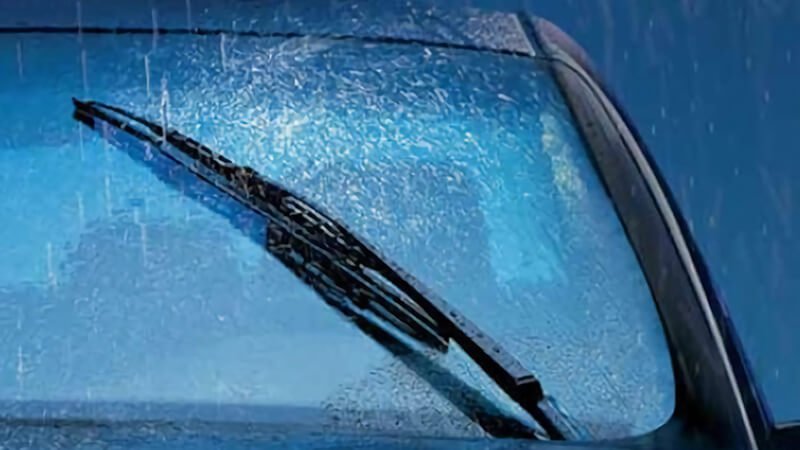
Do different wiper blades make a difference?
When I first got into the automotive parts industry, I didn’t give wiper blades much thought. They all looked the same. But over the years, especially when testing products in different markets and climates, I realized how much blade design affects performance.
Yes, the design of a wiper blade greatly affects how well it clears the windshield. Beam blades tend to perform better than traditional framed blades, especially in rain, snow, or at high speeds.
Why beam blades perform better
Beam blades1—sometimes called flat blades—use a tensioned steel spine that follows the curve of the windshield. This lets them apply even pressure across the whole blade. The result is cleaner wipes with no streaks or skipped spots. Traditional framed blades2, in contrast, use a series of hinged joints and pressure points that can fail or wear unevenly over time.
Key comparison points
| Feature | Beam Blade | Traditional Frame Blade |
|---|---|---|
| Contact with glass | Consistent across full length | Uneven, depends on pressure arms |
| High-speed performance | Stable, aerodynamic | Can lift or skip at speed |
| Snow/ice resistance | Better, fewer parts to clog | Can freeze or get stuck |
| Durability3 | Typically longer-lasting | More parts, more failure points |
From a sourcing point of view, the fewer warranty returns I deal with, the better. Beam blades help avoid customer complaints and reduce support load for distributors.
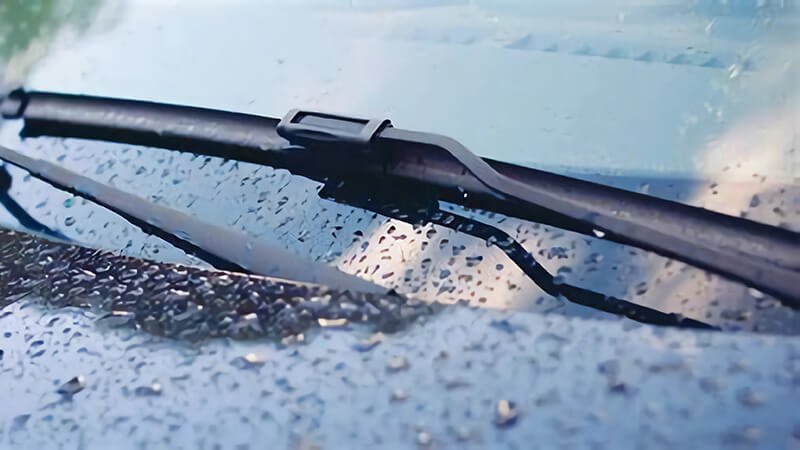
What type of wiper blades last the longest?
In procurement, nothing beats reliability. A blade that fails early doesn't just annoy drivers—it leads to returns, warranty claims, and lost trust. I’ve compared different styles and materials, and the pattern is clear.
Beam blades usually last longer than traditional designs because they have fewer moving parts. Silicone blades last longer than rubber ones, offering better UV and temperature resistance.
Material matters more than you think
Rubber is cheaper and common, but it degrades faster—especially in heat, sun, or harsh chemicals. Silicone, on the other hand, resists cracking and UV damage. It also keeps wiping well after months of use. If I had to recommend one combo for durability, I’d go with silicone beam blades.
What affects blade life?
| Factor | Impact on Blade Life |
|---|---|
| Material (Rubber vs Silicone)4 | Silicone can last 2x longer |
| Frame Design | Beam blades wear more evenly |
| Climate Exposure5 | UV, heat, and salt accelerate wear |
| Installation Quality | Poor fit shortens lifespan |
| Usage (urban vs highway) | Highway speeds stress frame designs |
From a wholesaler's view, stocking blades that last helps build trust with your downstream buyers. And long-lasting blades mean fewer reorders due to failure—only reorders for expansion, which is much better.

Are more expensive wiper blades worth it?
I talk to a lot of procurement managers. One common question is, “Are premium blades really better—or just marketing?” I’ve tested both low-end and high-end options in real conditions, and the differences are real.
More expensive blades usually offer better performance, quieter operation, and longer life. For fleet operators or customers in harsh climates, premium blades can save money in the long run.
What are you paying for?
When you buy premium blades6, you’re usually getting better materials (like silicone), a solid beam design, and coatings that reduce noise or streaking. The R&D behind premium brands often results in better fitment and coverage for newer car models too.
ROI for premium blades
| Feature | Low-End Blades | Premium Blades |
|---|---|---|
| Initial Cost | Lower upfront | Higher upfront |
| Durability | Shorter lifespan | Longer lifespan |
| Noise and streaks | More likely | Smoother, quieter |
| Customer satisfaction | Mixed | Higher |
| Return rate | Higher | Lower |
If I’m sourcing for a budget-sensitive market, I still consider mid-tier beam blades. But for most of our overseas partners, especially in Europe, premium options reduce total cost over time. That’s the message I bring when we talk long-term supply contracts.
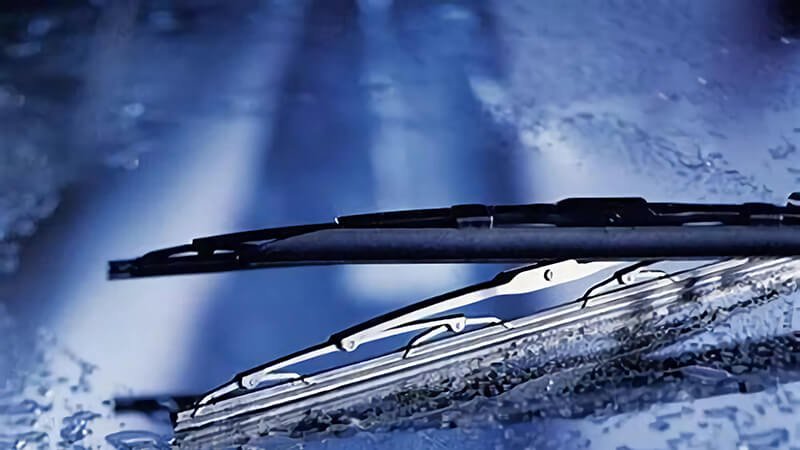
Do I need one or two wiper blades?
This seems like a basic question, but it comes up often—especially when we're helping new customers set up their inventory. It’s not just about the number, it’s about size, fit, and system compatibility.
Most vehicles need two wiper blades of different sizes. It’s important to match each blade exactly to the OEM specs to ensure full windshield coverage and avoid motor strain.
Size and compatibility matter
Each vehicle model is designed with specific blade lengths for the driver and passenger sides. Some vehicles also have a rear blade. A mismatch in size can reduce visibility or even damage the wiper motor. That’s why when we OEM wiper blades7, we always verify application fit through detailed vehicle compatibility lists8.
Key issues in blade selection
| Topic | Detail |
|---|---|
| Different sizes | Driver side is often longer than passenger side |
| Left-hand vs right-hand drive | Blade angles can differ between LHD and RHD vehicles |
| Rear blades | Some hatchbacks and SUVs need a third blade |
| Blade connectors | Not all connectors are the same—adapters might be required |
We often advise our partners to stock blade kits by car model or chassis code. This simplifies inventory and avoids confusion at the point of sale. If a customer gets the wrong size or connector, they’ll likely blame the brand—even if it’s a user error.
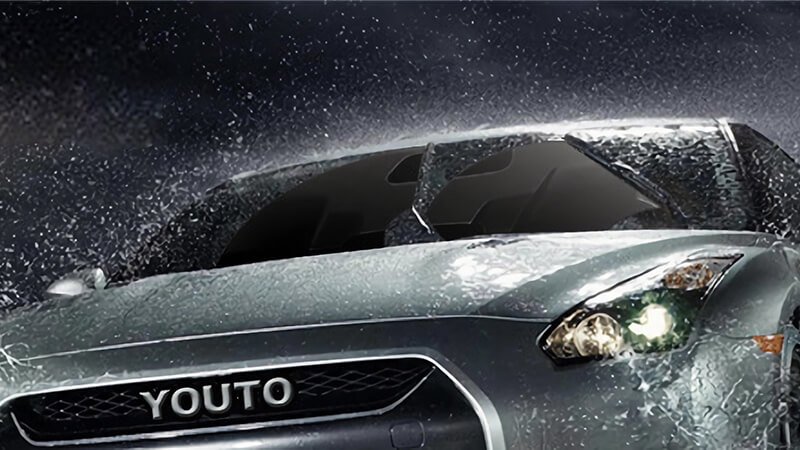
Conclusion
Wiper blades9 may seem simple, but the right choice can make a big difference—in performance, lifespan, and user satisfaction. Beam blades outperform traditional frames in almost every way. Silicone lasts longer than rubber. And premium blades are often worth the extra cost, especially when reliability matters. At Runex Auto, we’ve seen the value of recommending the best fit for each application. Our goal is to help procurement leaders like Joe Rich make informed, confident sourcing decisions—because the smallest part can leave the biggest impression.
-
Discover the benefits of beam blades, including improved performance and durability, to enhance your driving experience. ↩
-
Learn about the limitations of traditional framed blades and why beam blades might be a better choice for your vehicle. ↩
-
Explore insights on wiper blade durability to make informed choices for long-lasting performance. ↩
-
Understanding the impact of material on wiper blade lifespan can help you choose the best option for your vehicle. ↩
-
Learn how different climates can impact wiper blade performance and longevity, helping you select the right product for your environment. ↩
-
Explore the advantages of premium blades, including durability and performance, to make an informed purchase decision. ↩
-
Understanding OEM wiper blades can help you choose the right ones for your vehicle, ensuring safety and performance. ↩
-
Explore how vehicle compatibility lists can prevent mismatches and enhance your wiper blade selection process. ↩
-
Find the best OEM wiper blades from Runex Auto, clicking this link to get your best product for your business. ↩

